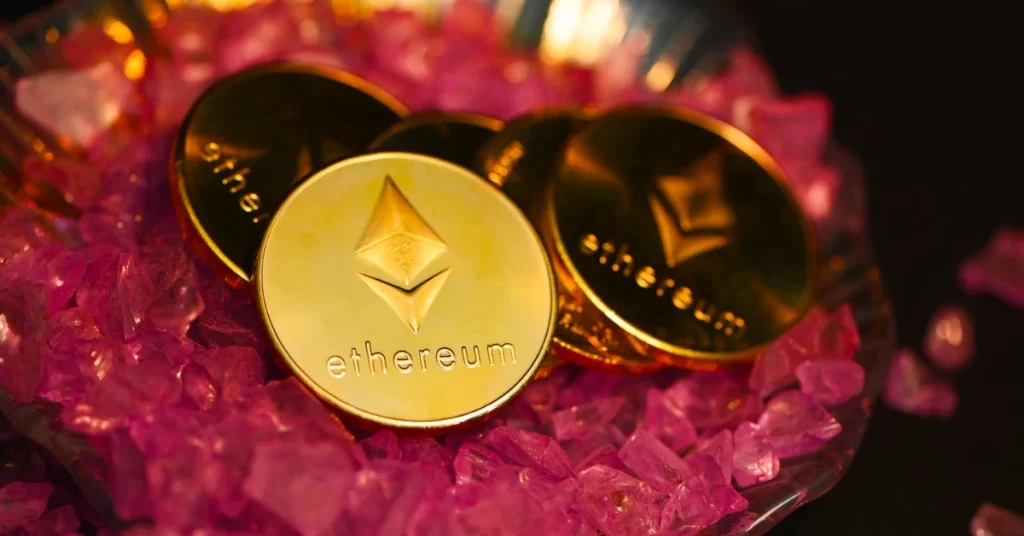
The post AI Analytics: Are Layer-2 Chains Like Polygon Still Needed After Ethereum Upgrade? appeared first on Coinpedia Fintech News
Layer-2 chains like Polygon brought valuable contributions to the Ethereum network by improving transaction speeds, and scalability, and reducing costs. As such, they act as settlement layers complementing the Ethereum Mainnet, but are they still relevant after the upgrade?\
When is the Ethereum Merge?
The Ethereum Merge, also known as Ethereum 2.0 or ETH2 was planned and occurred in multiple phases including the Shanghai upgrade and sharding. The final phase occurred on September 15 2022 and featured the merging of the Ethereum mainnet with the new Ethereum 2.0 Beacon Chain.
What is Polygon?
Polygon (MATIC) Network is a protocol and framework built on top of the Ethereum blockchain. It strives for scalability and better user experience for dApps and blockchain-based projects. Polygon offers a multi-chain system of interconnected sidechains. It aims to offer a seamless bridge between the Ethereum network and other blockchains, allowing for the smooth transfer of assets and data across different ecosystems.
Is Polygon Still Relevant After the Merge?
The Ethereum merge focused primarily on the Ethereum mainnet and does not directly affect the operations or functionality of Polygon. Polygon is a separate protocol and framework built on top of Ethereum, providing scalability solutions and additional features to enhance the Ethereum ecosystem. While the Ethereum merge will introduce significant changes to Ethereum’s underlying consensus mechanism, Polygon will operate its independent sidechains. However, the Ethereum merge can indirectly impact Polygon and other projects built on Ethereum. The merge is expected to improve the overall scalability and efficiency of the Ethereum network, which could benefit Polygon by reducing congestion and gas fees on the Ethereum mainnet. As Ethereum becomes more scalable and sustainable, it may attract more developers and users to the Ethereum ecosystem, potentially increasing the demand and adoption of solutions like Polygon.
Avorak AI’s Analytics
A deep analysis by Avorak AI reveals a status quo after the Ethereum merge as no significant changes are forthcoming months later Avorak AI deploys advanced machine learning algorithms to perform market intelligence and relay valuable insights to interested parties. Through its Avorak Trade Bot, Avorak monitors markets around the clock and analyzes vast data to present accurate findings that help in crypto trading. The bot eliminates the human limitations of fatigue and emotional decisions. Traders can automate their trades through easy-to-use command lines and a friendly user interface.
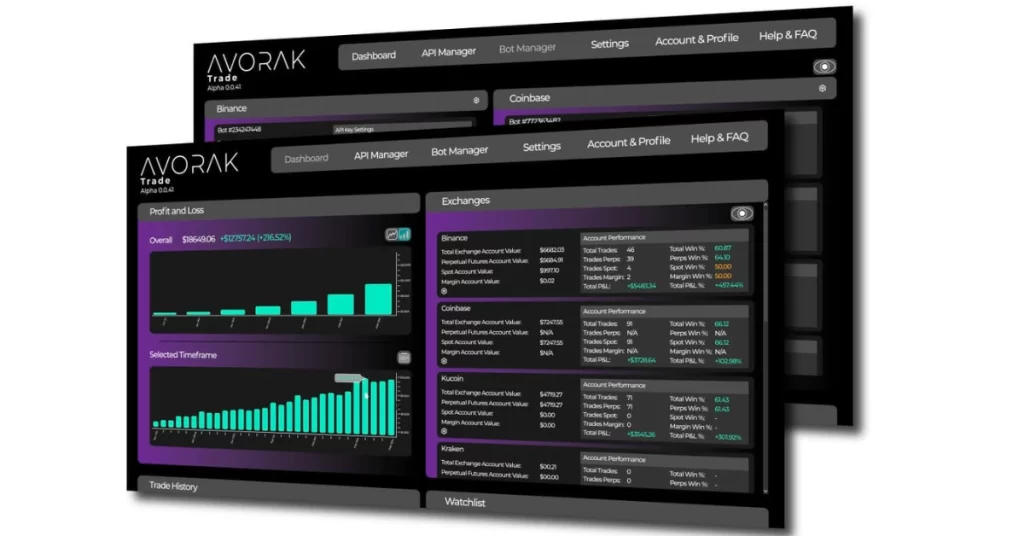
Avorak’s services are available through its native token, AVRK, currently going at $0.255 in Avorak ICO phase seven and expect to launch at $1. The project rewards investors with on-top bonuses and priority staking when it goes live. Four exchanges have already confirmed listing AVRK, including Azbit and LAToken. Avorak has fortified its systems and sealed any loopholes through two audits by CyberScope and SolidProof. AVRK’S performance of 325% has attracted many sentiments from crypto enthusiasts who believe the project is a potential 100x.
Avorak Write enters the market with solutions to problems plaguing the existing content writing tools. It utilizes advanced APIs and a language bank that edit and auto-correct text before producing the final product. Avorak Write can help in producing and analyzing reports about the aftereffects of the merge and the pending issues needing attention.
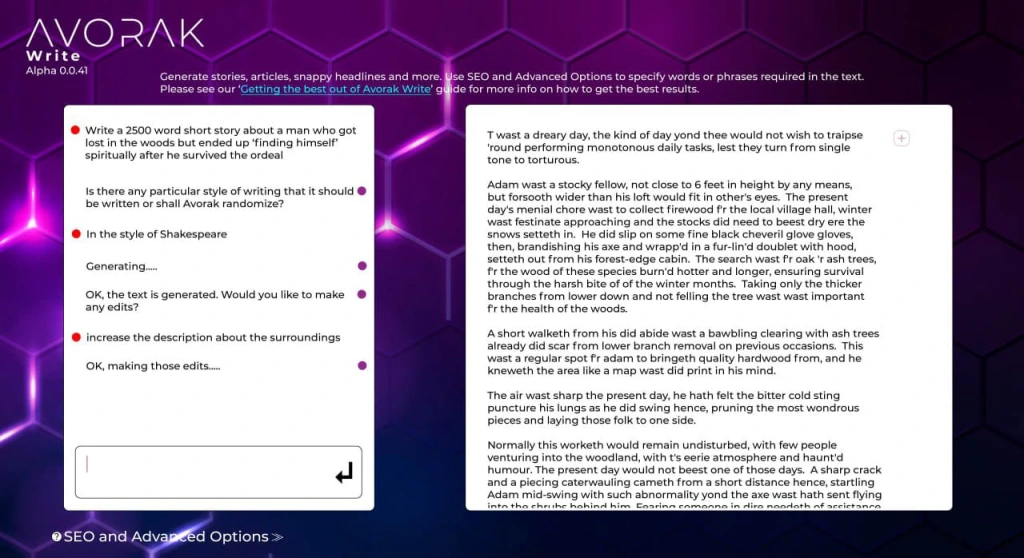
Wrap Up
AI analytics points to adjustments in Polygon operations under Ethereum. The merge might in the long run drive out layer-2 protocols.
Learn more on Avorak AI and ICO here:
Website: https://avorak.ai
Buy AVRK: https://invest.avorak.ai/register

 2 years ago
108
2 years ago
108
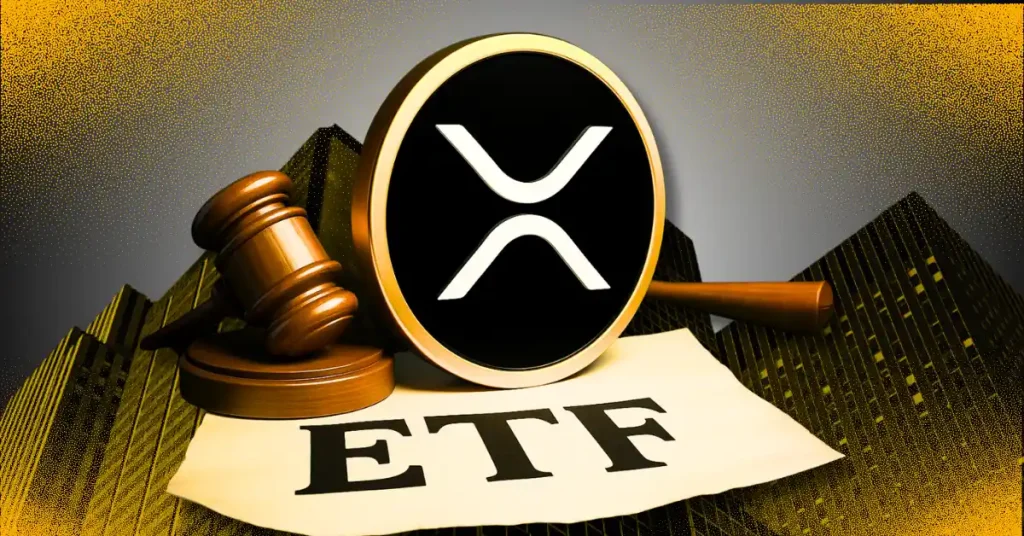


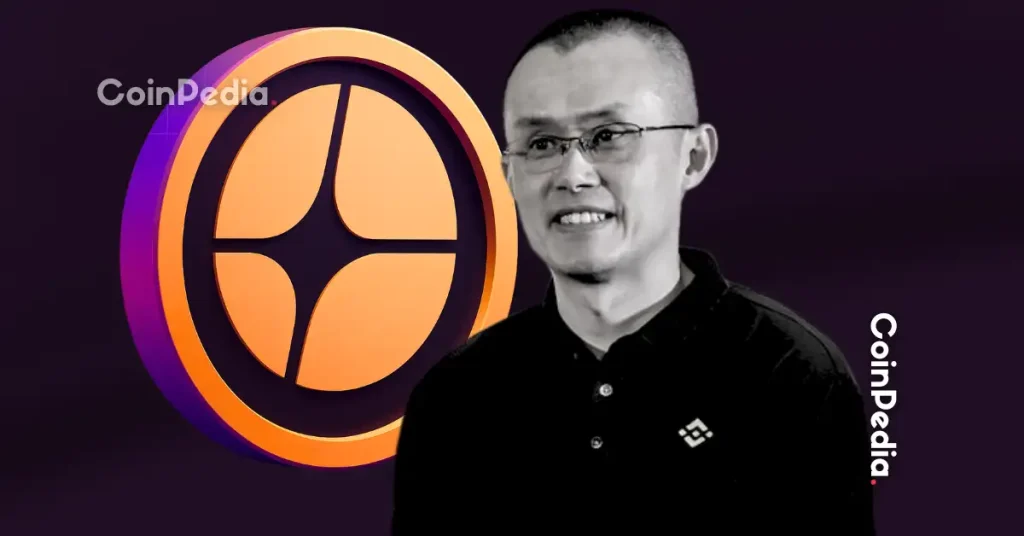










 English (US) ·
English (US) ·